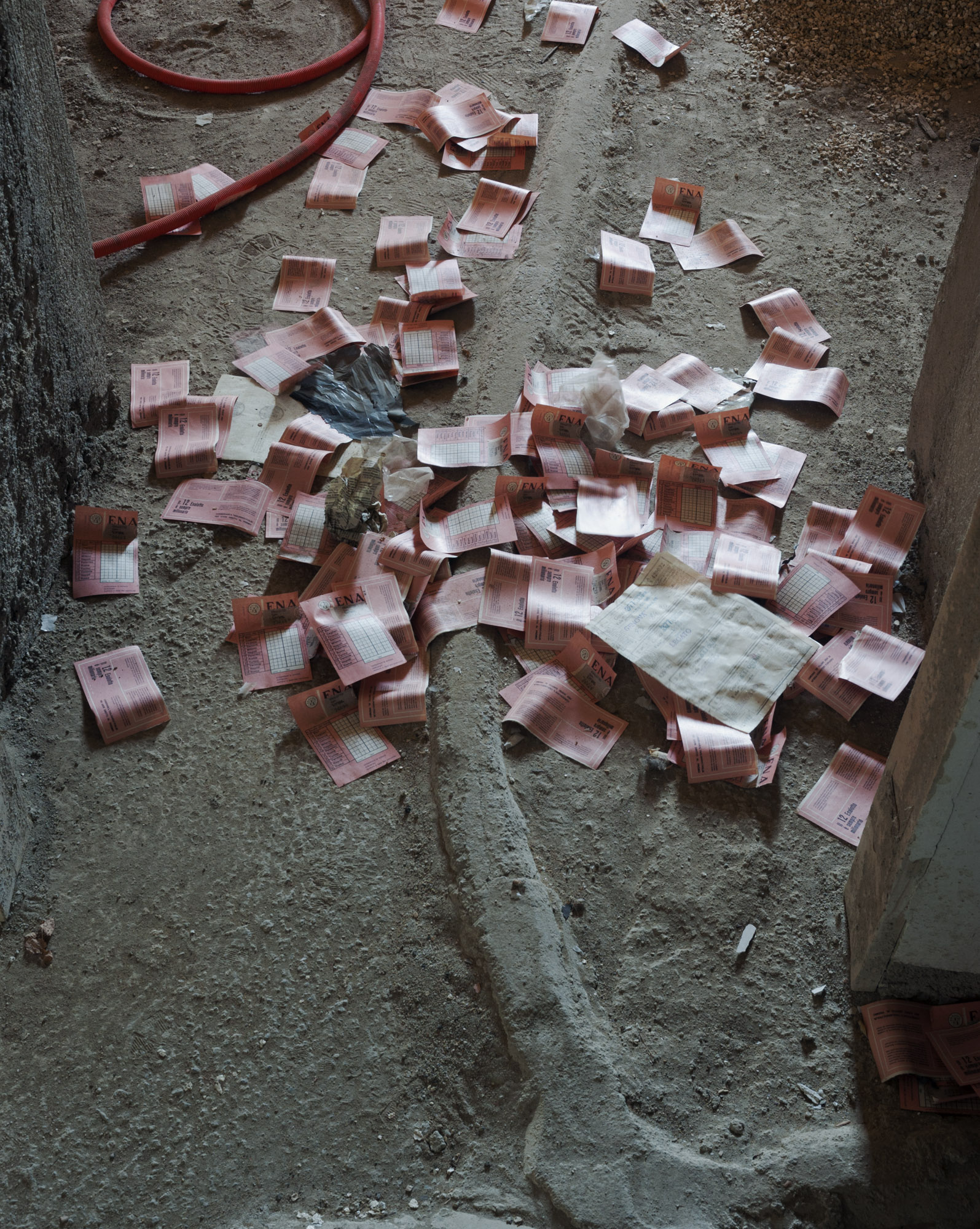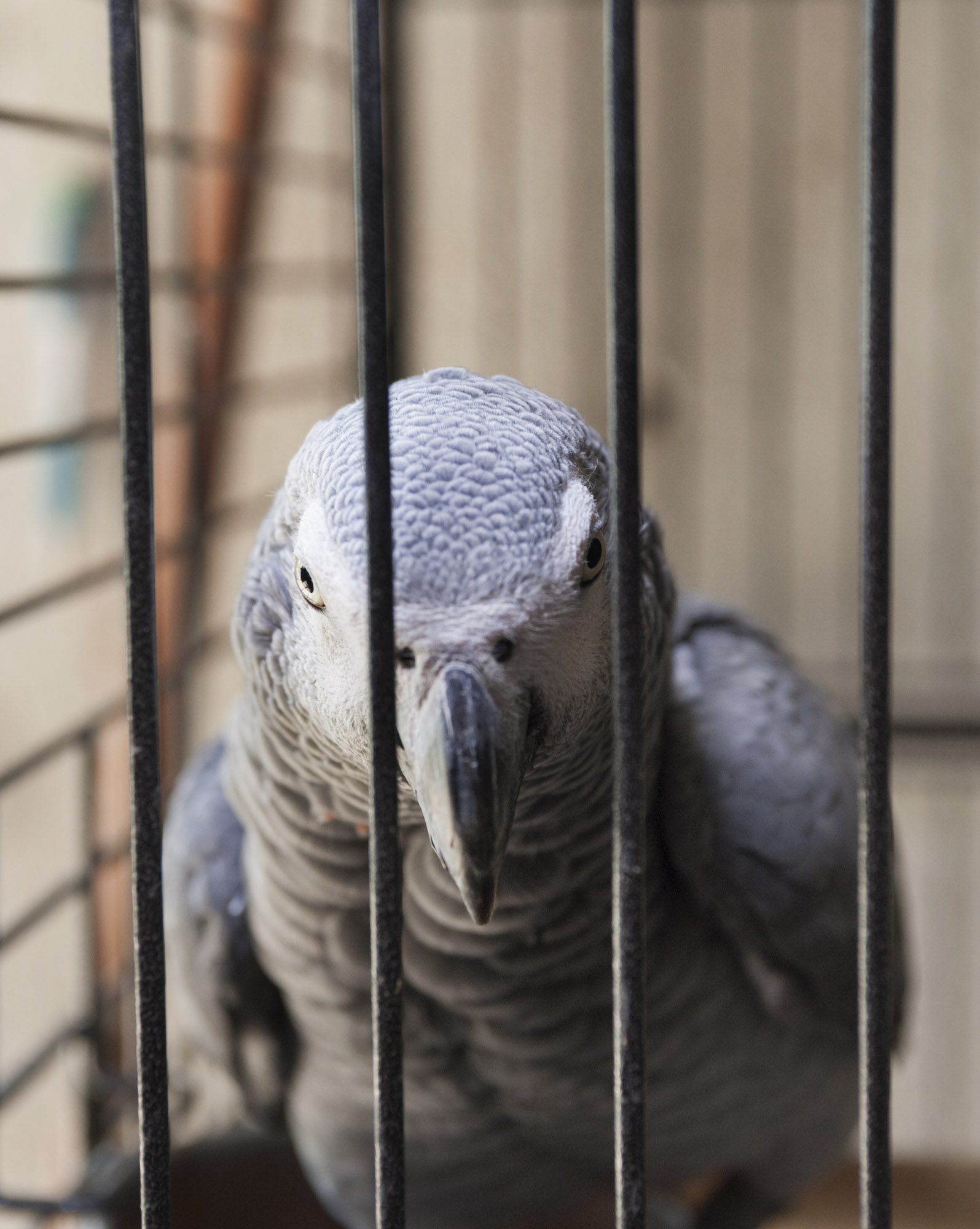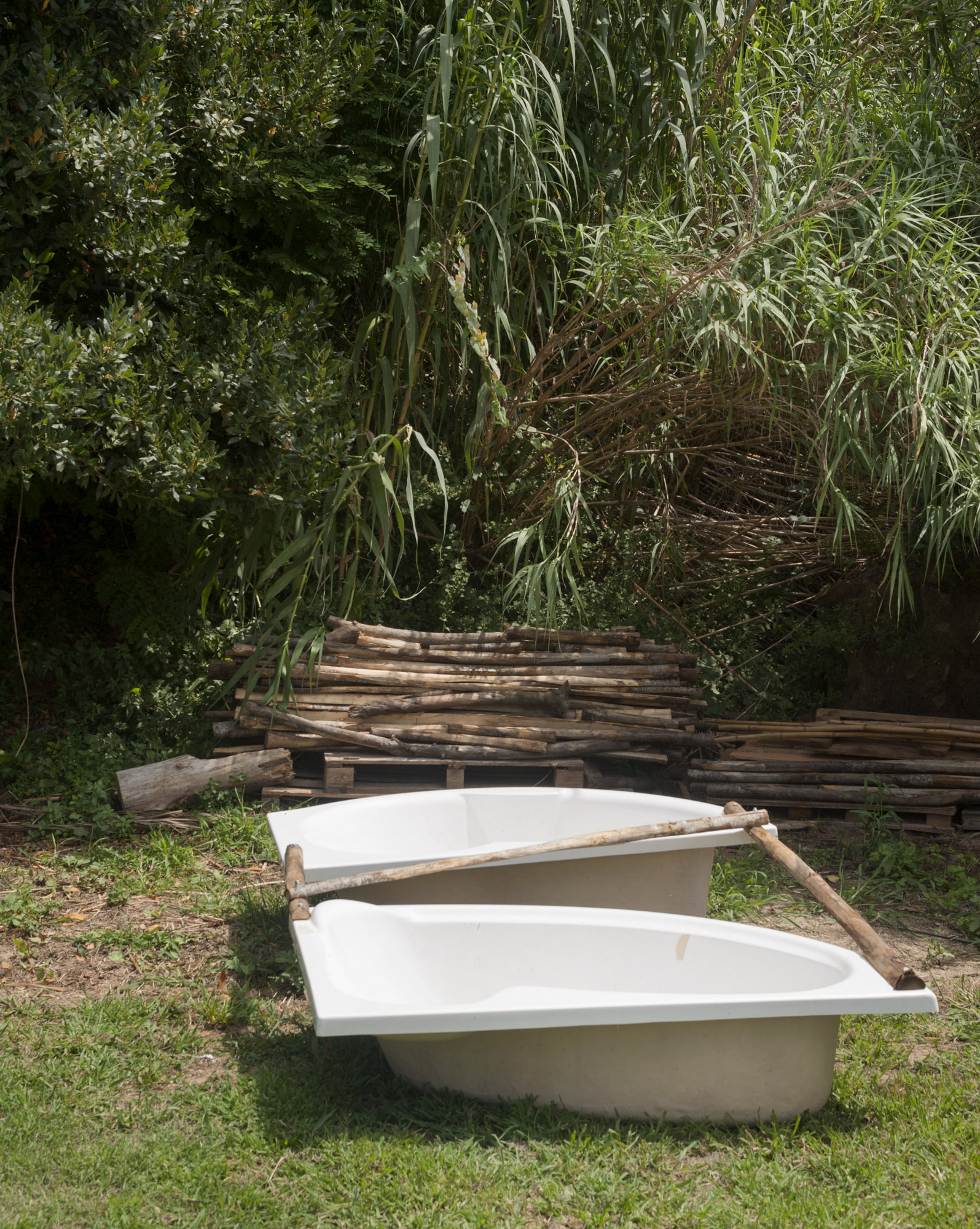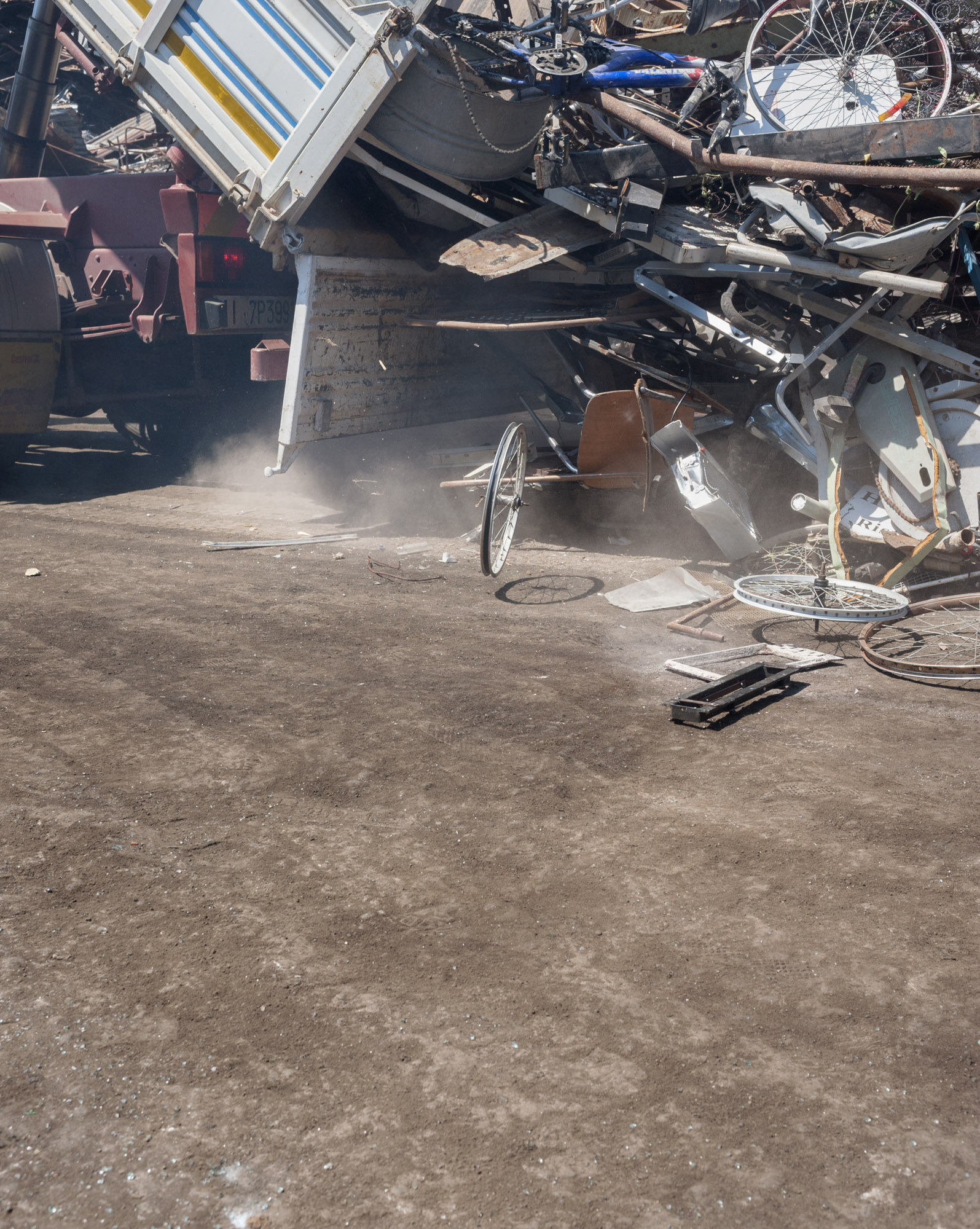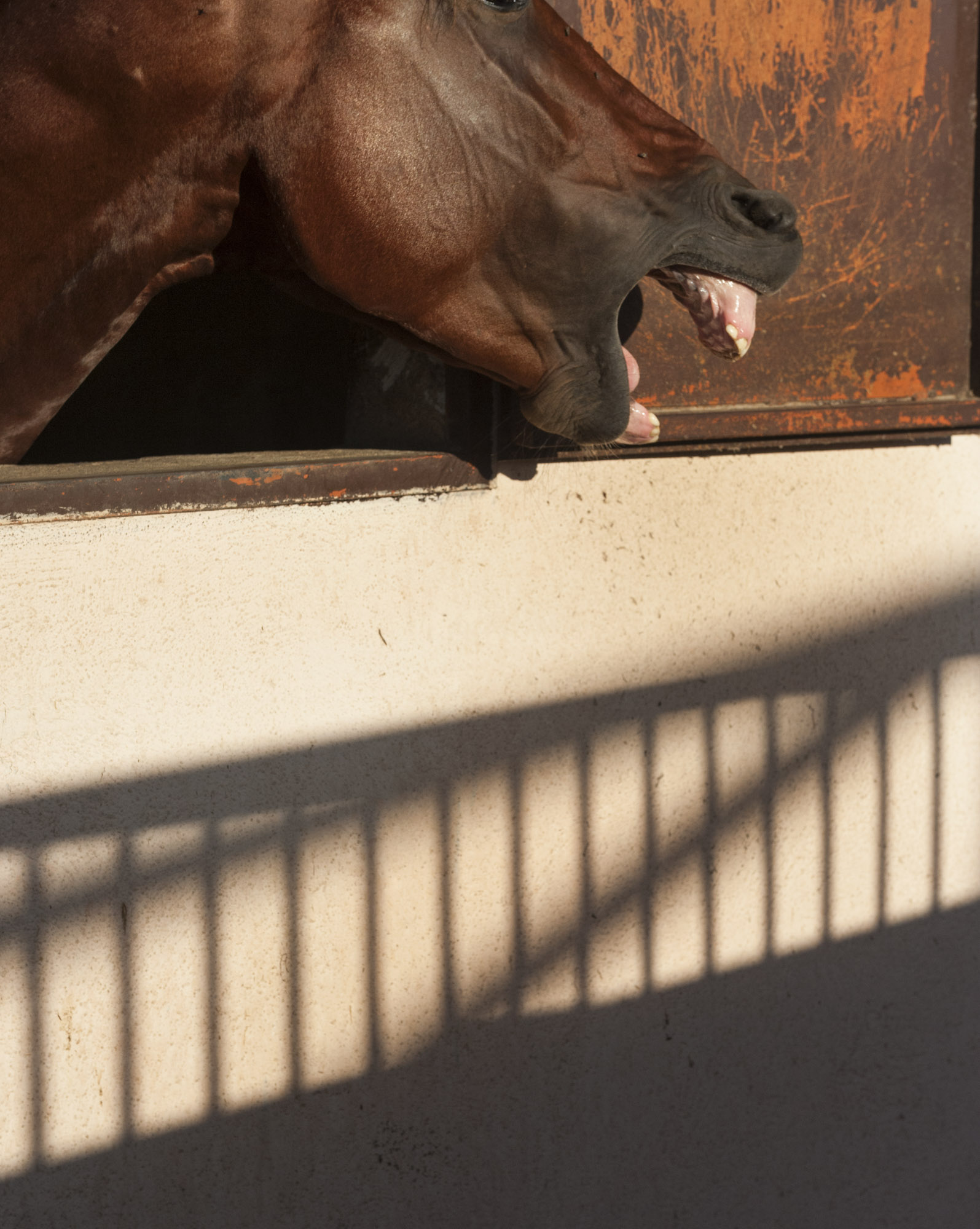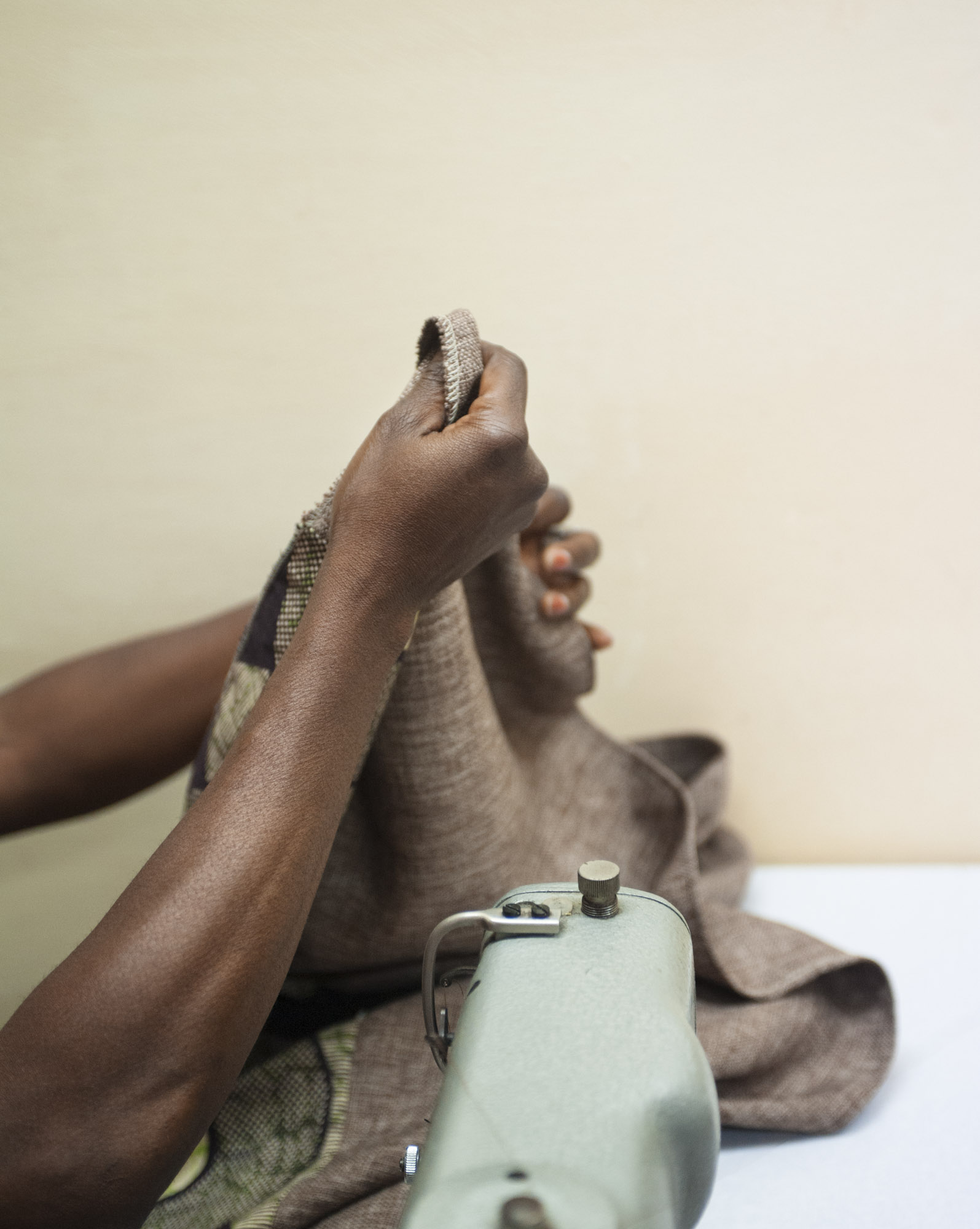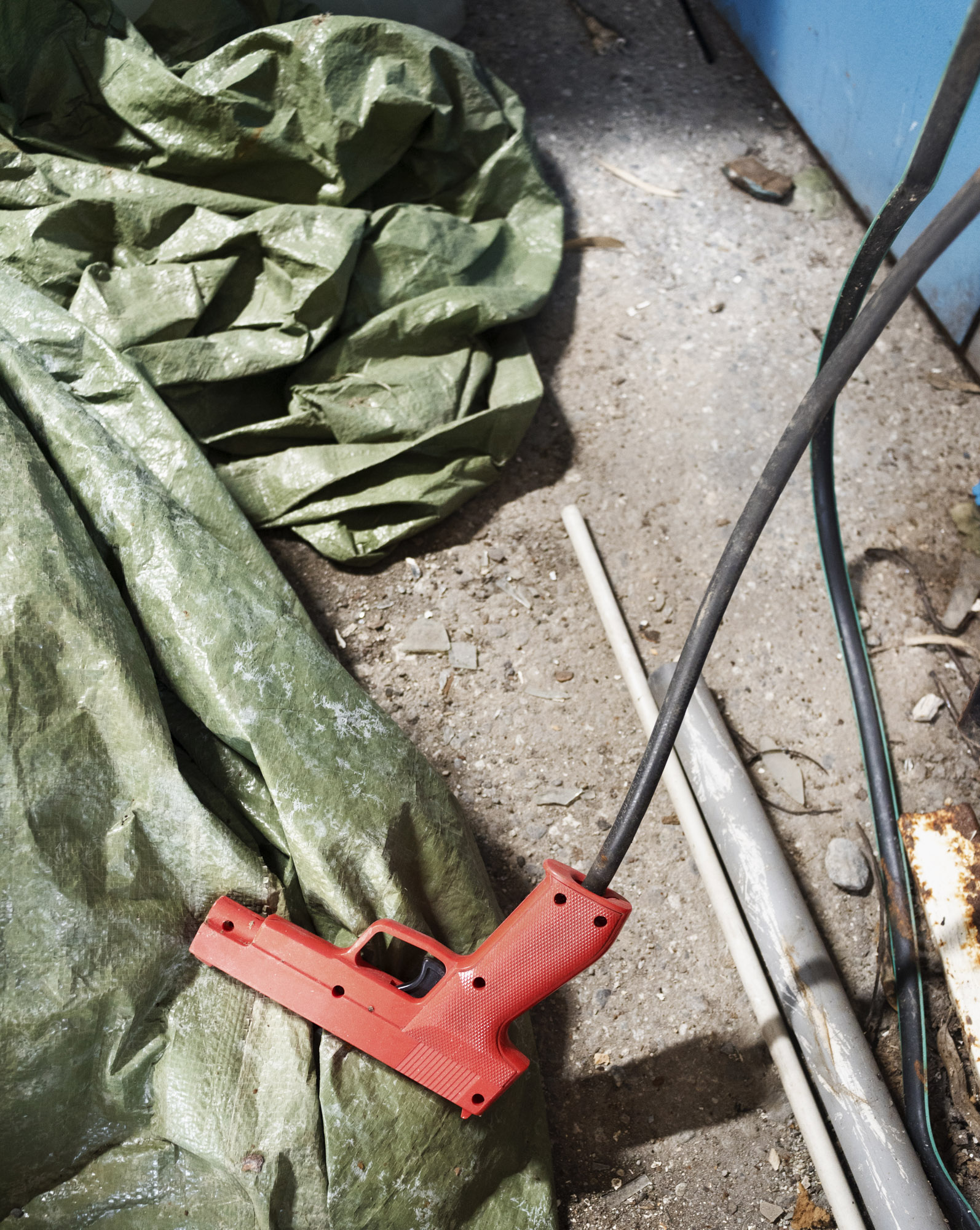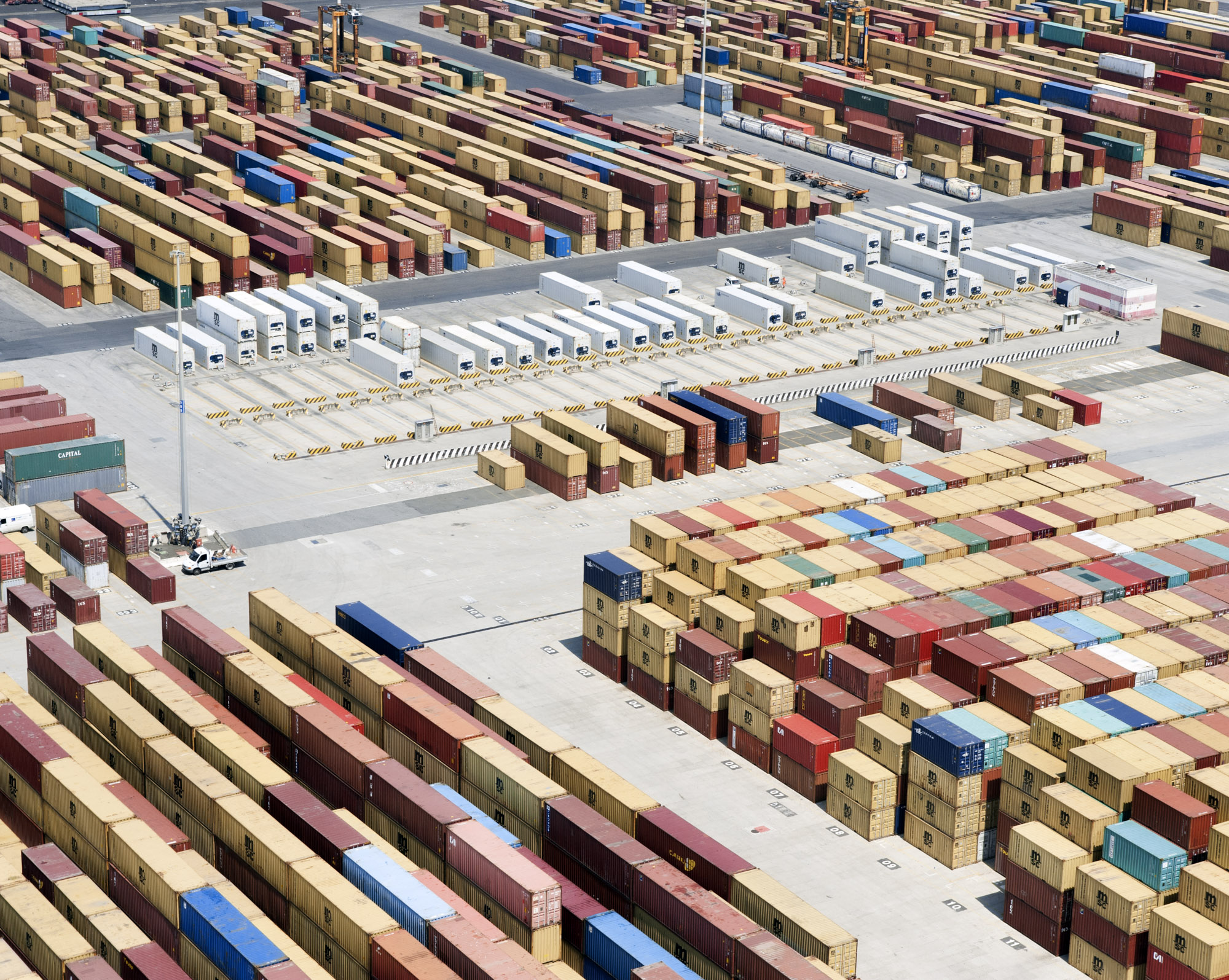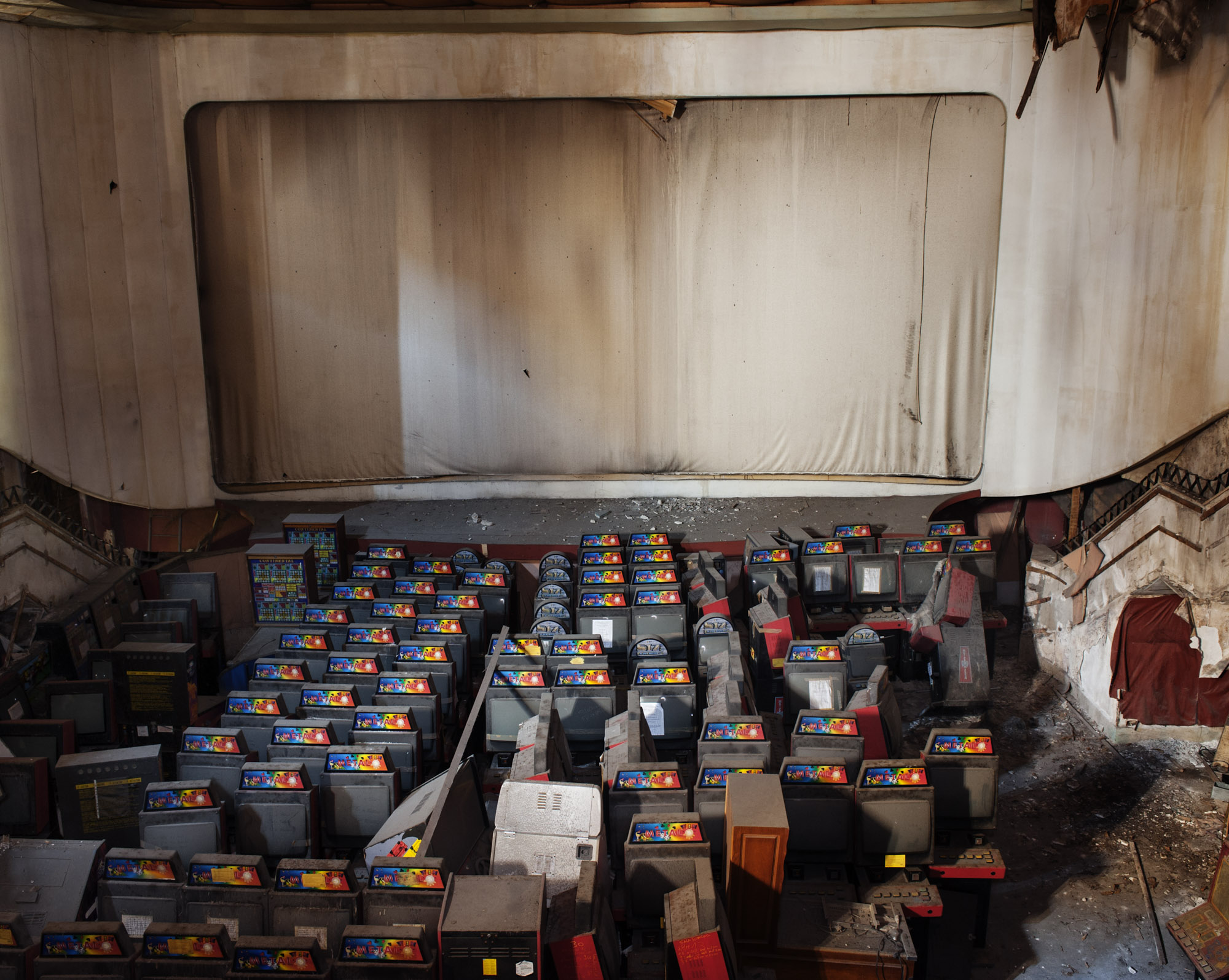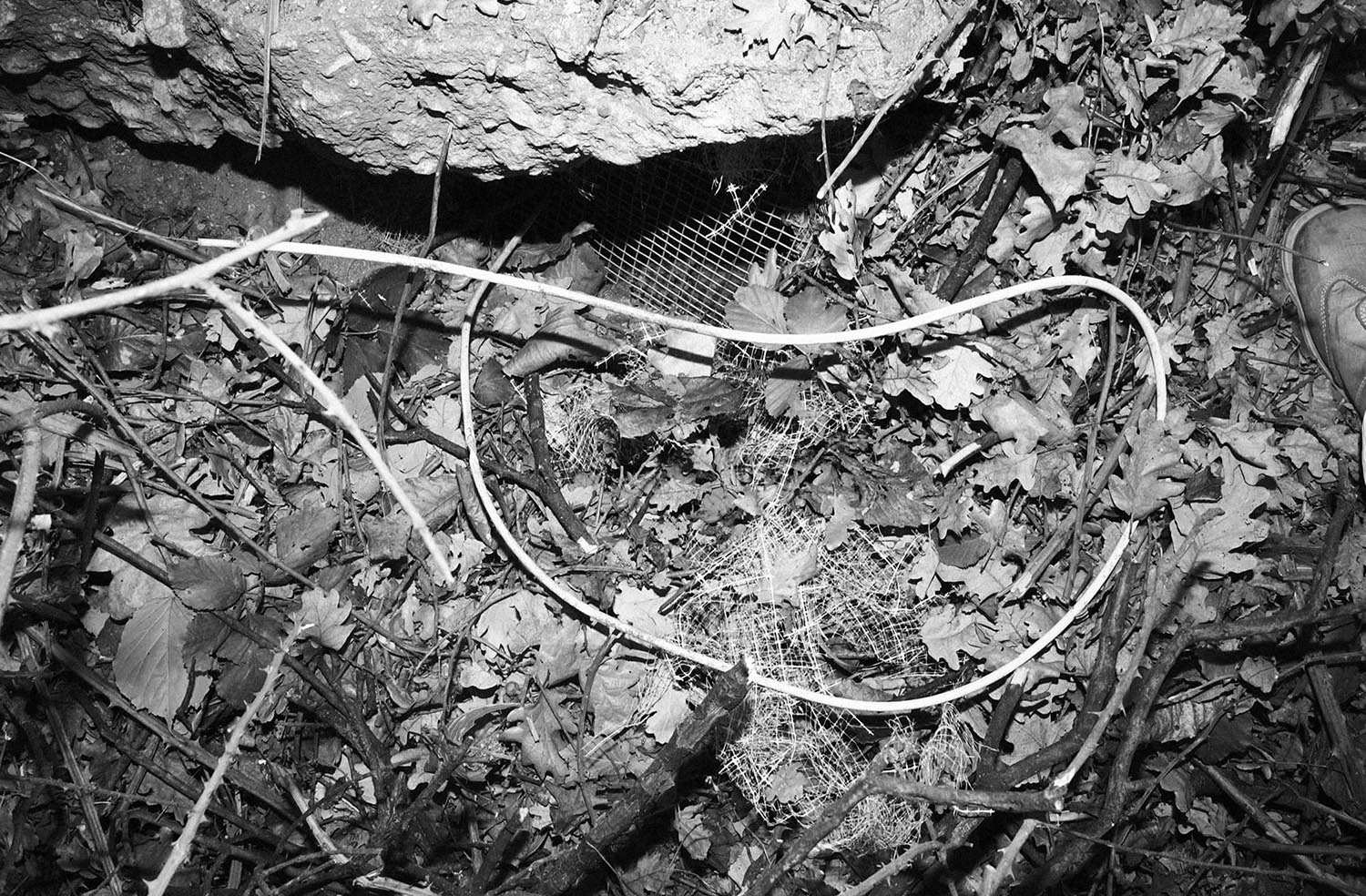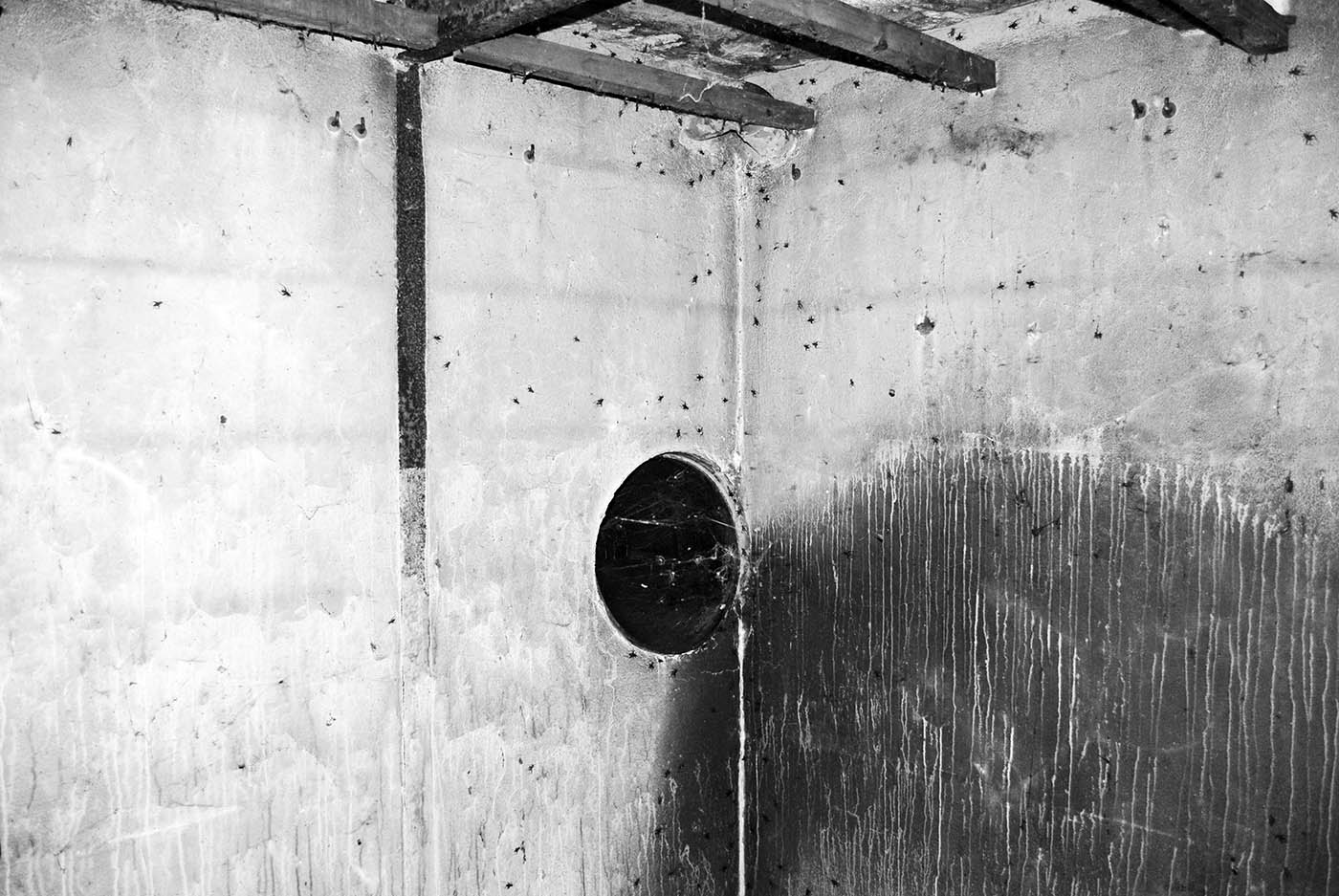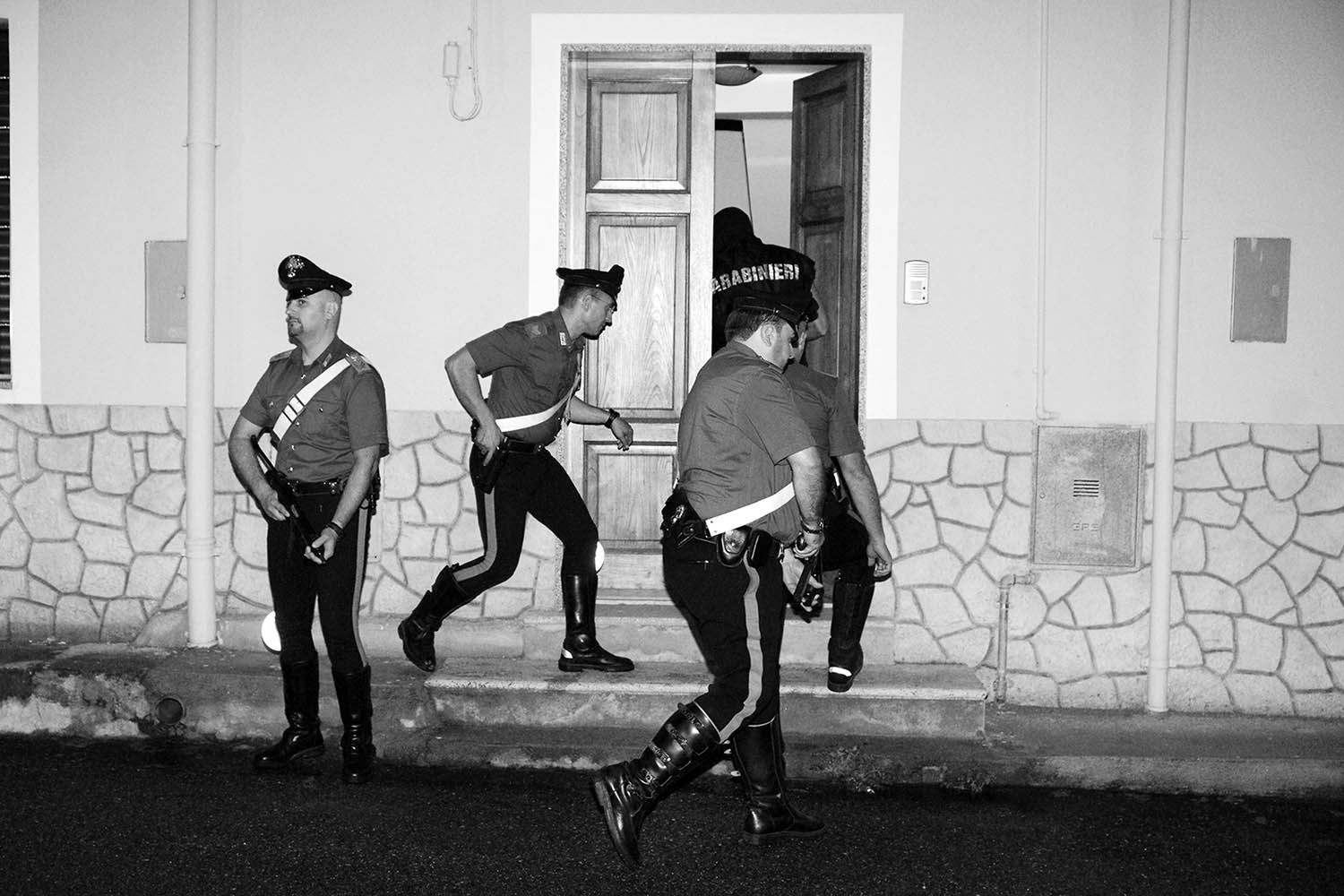“Il profitto è la ragion d’essere del crimine organizzato. Cercarlo è la soluzione, ma trovarlo è il problema”.
(Pietro Grasso, ex procuratore nazionale antimafia)
L’aggressione al patrimonio rappresenta lo strumento più efficace di contrasto alle organizzazioni di stampo mafioso. Il progetto The Sea is Us muove da qui, dai beni sequestrati o confiscati a quelle organizzazioni, per indagarne le radici, la visione del mondo e il tessuto connettivo che le salda alla vita del cittadino qualunque.
Questo progetto segue i soldi.
Se fino agli anni di Falcone e Borsellino, gli affari di Cosa Nostra rientravano a pieno titolo nelle attività criminose tradizionali, da Provenzano in poi, la gestione delle attività imprenditoriali mafiose è cambiata, più moderna, quasi pacifica. Uno stato di calma apparente che rende il pericolo più invasivo e i danni devastanti. Le nuove terre di Mafia sono fatte di cantieri edili, ospedali sequestrati, case, catene di ristorazione, energie rinnovabili, arte, gioco telematico e si espandono nei più banali settori del quotidiano. Davanti a una strategia camaleontica capace di adeguarsi a qualsiasi evoluzione sociale, economica e tecnologica, s’imponeva un adeguamento degli strumenti d’indagine.
Follow the money dicevano Oltreoceano. La scia del denaro negli anni ’30 portò lo Stato Americano all’arresto del boss Al Capone per evasione fiscale. Ma un arresto è solo il tampone a un’emergenza, se non s’intacca il cuore dell’organizzazione: il patrimonio. Così lo Stato Italiano ha avviato la propria guerra alla Mafia mettendo in atto il sequestro e la confisca delle sue proprietà e dei suoi beni, acquisiti attraverso le più svariate attività criminali.
La legge 109/96 (Legge sul Riutilizzo dei Beni confiscati alla Mafia), autorizza la confisca delle proprietà acquisite attraverso attività illecite, allo scopo di destinarle alla comunità. In una sorta di circolo etico quello che la Mafia ha sottratto allo Stato, allo Stato ritorna a fini di utilità sociale. Oggi l’Agenzia nazionale per i beni confiscati controlla circa 13.000 beni per un valore che supera i 40 miliardi di euro. Tuttavia quasi 3.000 sono in condizioni di forte criticità, molti sono gravati da ipoteche e i nuovi gestori hanno spesso problemi a rilanciarne l’attività. Da circa due anni seguo i soldi dei mafiosi, i loro beni. Sequestrati o confiscati. Riutilizzati o abbandonati. Scelgo inquadrature molto strette per trasformarli in metafore, per rivendicare la bellezza nello scempio delle storie che raccontano e perché voglio muovere dal particolare. Analizzarlo. Scomporlo. Accostarlo a mille altri particolari. E poi allontanarmi. Alla ricerca dello sguardo d’insieme. Per comprendere la natura del tutto. Utilizzerò immagini che tecnicamente vanno dal fotogiornalismo, alla fotografia forense, all’appropriazione dell’immagine storica, fino alla fotografia di paesaggio, il ritratto e lo still life. Costruirò, anche attraverso una mescolanza continua di passato e presente, realtà e fiction e l’utilizzo della scrittura, una sorta di dossier visivo del crimine in cui ogni pezzo servirà da spunto e indizio alla risoluzione, per quanto parziale, del puzzle. La lotta alla Mafia è una lotta contro una parte malata del proprio corpo, perché la sua vera forza non sta nell’esercito armato, ma nel consenso, in quella subdola capacità di trasformare i bisogni di una società in promesse e di farle credere che ogni cosa sia al suo posto, perfetta. Foto di Massimo Mastrorillo
Testi di Pamela Piscicelli
Concept di Massimo Mastrorillo and Pamela Piscicelli/door

